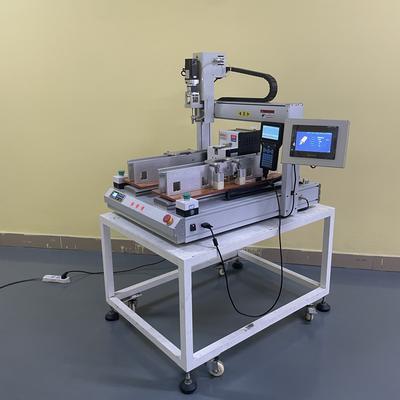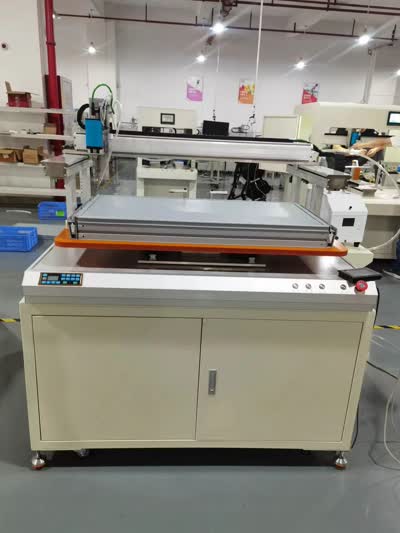Screw Fastening Robots for Small Part Assembly | Industrial Automation

| Product Name | Applicable industries |
| Inline Screw Locking System | Medical Device Manufacturing |
In the rapidly evolving landscape of industrial automation, precision and efficiency are paramount. One of the most transformative advancements in this field is the use of screw fastening robots for small part assembly. These sophisticated systems are redefining manufacturing processes by enhancing accuracy, reducing labor costs, and improving overall productivity.
Screw fastening robots are designed to handle the intricate task of inserting and tightening screws with exceptional precision. This capability is particularly valuable in industries where small components are assembled, such as electronics, automotive, medical devices, and consumer goods. Traditional manual screw fastening is prone to human error, including cross-threading, over-tightening, or under-tightening, which can lead to product defects and reliability issues. In contrast, robotic systems ensure consistent torque and exact placement, significantly reducing the risk of errors and enhancing product quality.
The integration of these robots into assembly lines also brings substantial economic benefits. By automating repetitive and time-consuming tasks, manufacturers can achieve higher throughput and lower operational costs. Employees are freed from monotonous work and can be redirected to more complex and value-added activities, such as quality control and process optimization. Moreover, robotic screw fastening systems can operate continuously without fatigue, leading to increased production capacity and faster time-to-market for new products.
Advanced vision systems and sensors are often incorporated into these robots to further enhance their performance. These technologies enable the robots to identify and adapt to variations in component positioning, ensuring accurate screw placement even in dynamic environments. For instance, if a part is slightly misaligned, the vision system can detect the discrepancy and guide the robot to adjust accordingly, maintaining precision without interrupting the workflow.
Another significant advantage is the scalability of robotic screw fastening solutions. Whether for high-volume mass production or low-volume customized assembly, these systems can be tailored to meet specific requirements. They are easily programmable and can be reconfigured for different tasks, making them a versatile investment for manufacturers aiming to stay competitive in a dynamic market.
In addition to improving efficiency and quality, screw fastening robots contribute to a safer working environment. By taking over tasks that involve repetitive motion or potential ergonomic risks, they help reduce workplace injuries and associated costs. This not only benefits employees but also enhances overall operational sustainability.
As technology continues to advance, the capabilities of screw fastening robots are expected to grow even further. Innovations in artificial intelligence and machine learning will enable these systems to become more autonomous and intelligent, capable of self-optimization and predictive maintenance. This will further elevate their role in smart manufacturing initiatives and Industry 4.0 frameworks.
In conclusion, the adoption of screw fastening robots for small part assembly represents a significant leap forward in industrial automation. By delivering unmatched precision, efficiency, and flexibility, these systems are empowering manufacturers to achieve new levels of excellence in their operations. As the demand for higher quality and faster production continues to rise, robotic screw fastening technology will undoubtedly play a crucial role in shaping the future of manufacturing.


